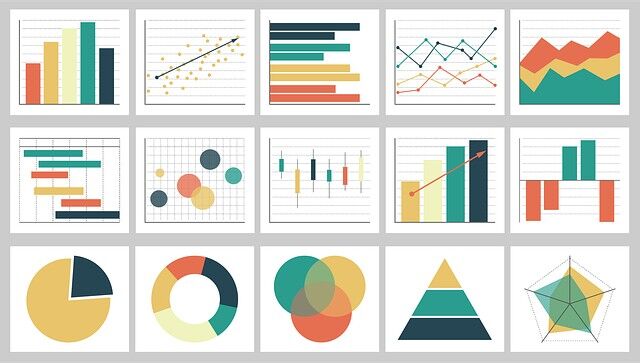Machine Learning (ML) in Bioinformatics
Regression Analysis

About this Module
Regression analysis is a statistical method used to understand the relationships between a dependent variable and one or more independent variables. It is a popular tool in data analysis as it allows analysts to make predictions about the dependent variable based on the values of the independent variables.
There are several regression analysis types, including linear, logistic, and nonlinear regression. Linear regression models the relationship between a continuous dependent variable and one or more continuous independent variables.
We use logistic regression when the dependent variable is binary and nonlinear regression when the relationship between the dependent and the independent variable(s) is more complex.
Business
Regression analysis is often used in business and economics to understand how different factors affect a particular outcome. For example, a company might use regression analysis to understand how changes in advertising spend, the price of their product and consumer sentiment affect their sales.
Healthcare
In healthcare, regression analysis might be used to understand the relationship between a patient's age, blood pressure, and cholesterol levels and their likelihood of developing a particular disease.
Bioinformatics
Regression analysis is often used in bioinformatics to understand and predict relationships between different variables in biological systems.
One common application of regression analysis in bioinformatics is in gene expression analysis, where the goal is to understand how the expression of different genes is related to various factors, such as the stage of development, the presence of specific proteins or small molecules, or the presence of disease.
For example, a researcher might use regression analysis to understand how a particular gene's expression is related to an organism's age. They might collect gene expression data from a group of organisms at different ages and use regression analysis to identify any trends or patterns in the data. Such relationships help the researcher understand how gene expression changes over time and how it might be related to aging.
Another application of regression analysis in bioinformatics is in predicting protein-ligand binding affinity. The goal is to understand how the protein's affinity for a particular ligand (such as a small molecule or another protein) is related to various structural and chemical properties of the protein and ligand.
By using regression analysis to identify trends in a dataset of protein-ligand binding affinity data, researchers can build models that can be used to predict the affinity of a protein for a particular ligand based on its structural and chemical properties.
Overall, regression analysis is a valuable tool in bioinformatics for understanding and predicting relationships between different variables in biological systems. It is often used together with other statistical and computational techniques to gain a more comprehensive understanding of complex biological phenomena.
Contents of this module
Linear Regression
What is linear regression? Simple linear regression, Multiple linear regression, Assumptions of linear regression, and Evaluating the performance of linear regression models.
Start learningLogistic Regression
What is logistic regression? Binary logistic regression, Multiclass logistic regression, Regularization in logistic regression, and Evaluating the performance of logistic regression models.
Start learningPolynomial Regression
Polynomial regression is a regression analysis where we model the relationship between the independent x and the dependent variable y as an nth-degree polynomial.
Start learning